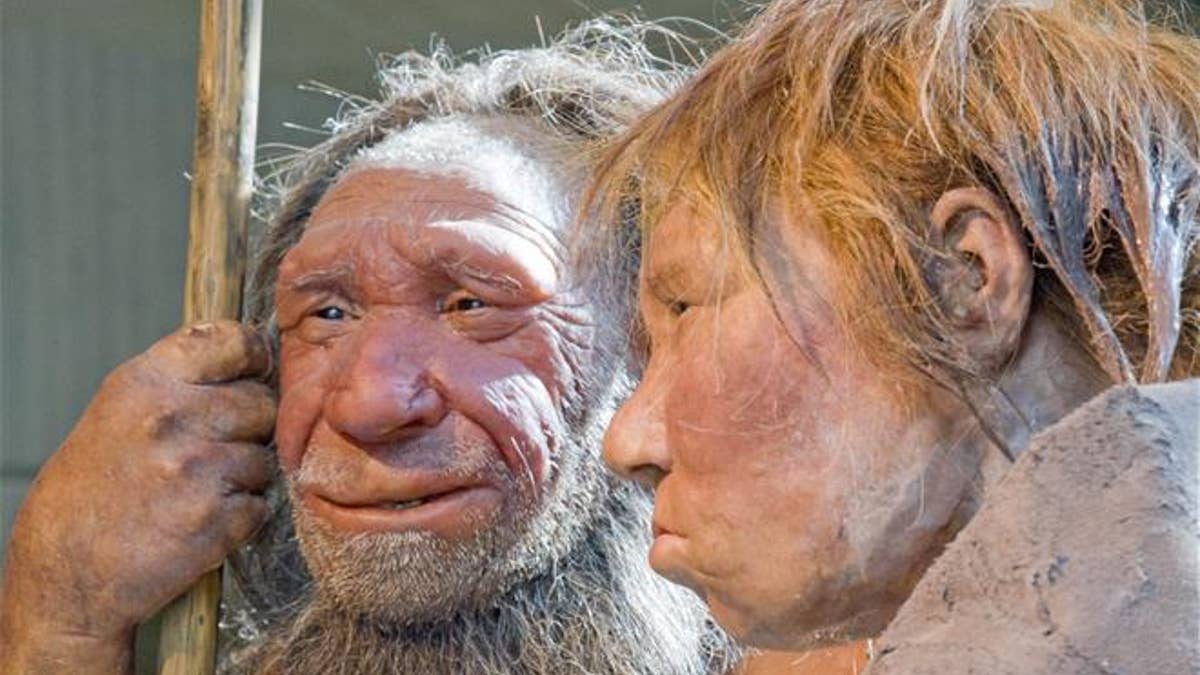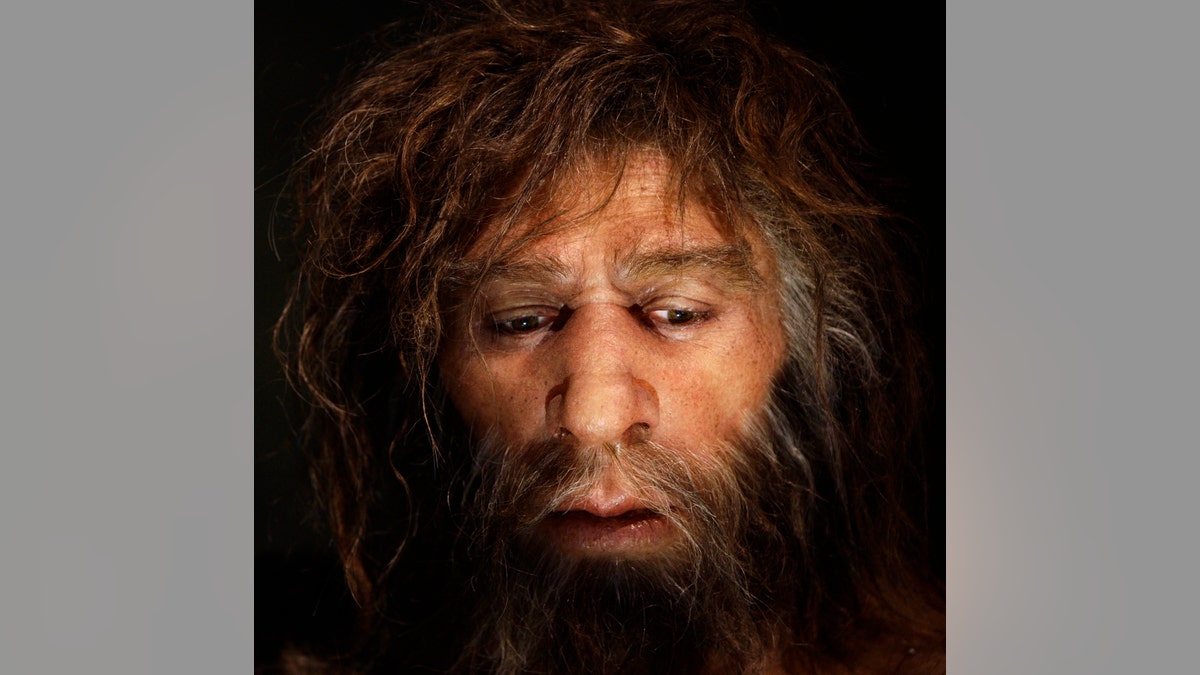Fox News Flash top headlines for Jan. 16
Fox News Flash top headlines for Jan. 16 are here. Check out what's clicking on Foxnews.com
Neanderthals hardly conjure up images of prehistoric beach life, but scientists have revealed surprising new details of how our extinct relatives survived.
Experts studied seashells fashioned into tools that were discovered in Italy in 1949 to reveal how some Neanderthals had a much closer connection to the sea than was previously thought, according to a statement released by the University of Colorado Boulder.
Led by Paola Villa, an adjoint curator at the University’s Museum of Natural History, the scientists analyzed dozens of shells found at the Grotta dei Moscerini, a beachside cave in the Italian region of Latium.
GRISLY DISCOVERY: BONES REVEAL NEANDERTHAL CHILD WAS EATEN BY LARGE BIRD
Archaeologists have known for years that the seashells were made into tools about 90,000 years ago. The new research, which is published in the journal Plos One, reveals that Neanderthals didn’t just wander beaches looking for the shells, they also went diving for them.

File photo - This March 20, 2009 photo shows reconstructions of a Neanderthal man named "N," left, and woman called "Wilma," right, at the Neanderthal Museum in Mettmann, Germany. (AP Photo/Martin Meissner)
“The fact they were exploiting marine resources was something that was known,” Villa said in the statement. “But until recently, no one really paid much attention to it.”
The vital clue was that three-quarters of the shell tools had opaque and slightly roughened exteriors, as if they had been sanded down over a period of time. This is consistent with shells that had washed up on a beach, Villa said.
CLIMATE CHANGE DROVE SOME NEANDERTHALS TO CANNIBALISM
The remaining shell tools, however, are shiny and smooth on their exterior and were likely to have been taken from the seabed as live animals. “It’s quite possible that the Neanderthals were collecting shells as far down as 2 to 4 meters [6.6 feet to 13.1 feet],” Villa said in the statement. “Of course, they did not have scuba equipment.”

Shell tools discovered in the Grotta dei Moscerini in Italy. (Villa et al. 2020 PLOS ONE)
Seashells were particularly useful to Neanderthals because they could be chipped with stone hammers into thin and sharp cutting edges.
Pumice stones from volcanic eruptions were also discovered in the Grotta dei Moscerini. The stones, which were also used as tools, likely washed up following a volcanic eruption 40 miles south of the cave.
SOME OF OLDEST NEANDERTHAL BONES HAVE BEEN DNA TESTED SHOWING MORE THAN 70 DIFFERENCES
“People are beginning to understand that Neanderthals didn’t just hunt large mammals,” Villa said. “They also did things like freshwater fishing and even skin diving.”

Pumice stones discovered in the Grotta dei Moscerini in Italy. (Villa et al. 2020 PLOS ONE)
The international team of researchers included experts from CNRS, which is the French National Centre for Scientific Research, the University of Geneva, Roma Tre University, Sapienza University of Rome and the University of Pisa.
In a separate study released last year, a team led by anthropologists Erik Trinkaus of Washington University reported that many Neanderthals suffered from “swimmer’s ear,” bony growths that form in the ear canal through regular exposure to cold water or chilly air.
CLIMATE CHANGE KILLED OFF NEANDERTHALS, STUDY SAYS
Experts have been shedding new light on Neanderthals in recent years. In 2018, for example, archaeologists in Poland identified the prehistoric bones of a Neanderthal child eaten by a large bird.

File photo - The hyperrealistic face of a neanderthal male is displayed in a cave in the new Neanderthal Museum in the northern Croatian town of Krapina Feb. 25, 2010. (REUTERS/Nikola Solic)
In another study released in 2018, scientists suggested that climate change played a larger part in Neanderthals’ extinction than previously thought.
Last year researchers in France reported that climate change drove some Neanderthals to cannibalism.
CLICK HERE TO GET THE FOX NEWS APP
The closest human species to homo sapiens, Neanderthals lived in Eurasia for around 350,000 years. Scientists in Poland report that Neanderthals in Europe mostly became extinct 35,000 years ago. However, there are a number of theories on the timing of Neanderthals’ extinction, with experts saying that it could have occurred 40,000, 27,000 or 24,000 years ago.
Fox News’ Chris Ciaccia contributed to this article.
Follow James Rogers on Twitter @jamesjrogers

